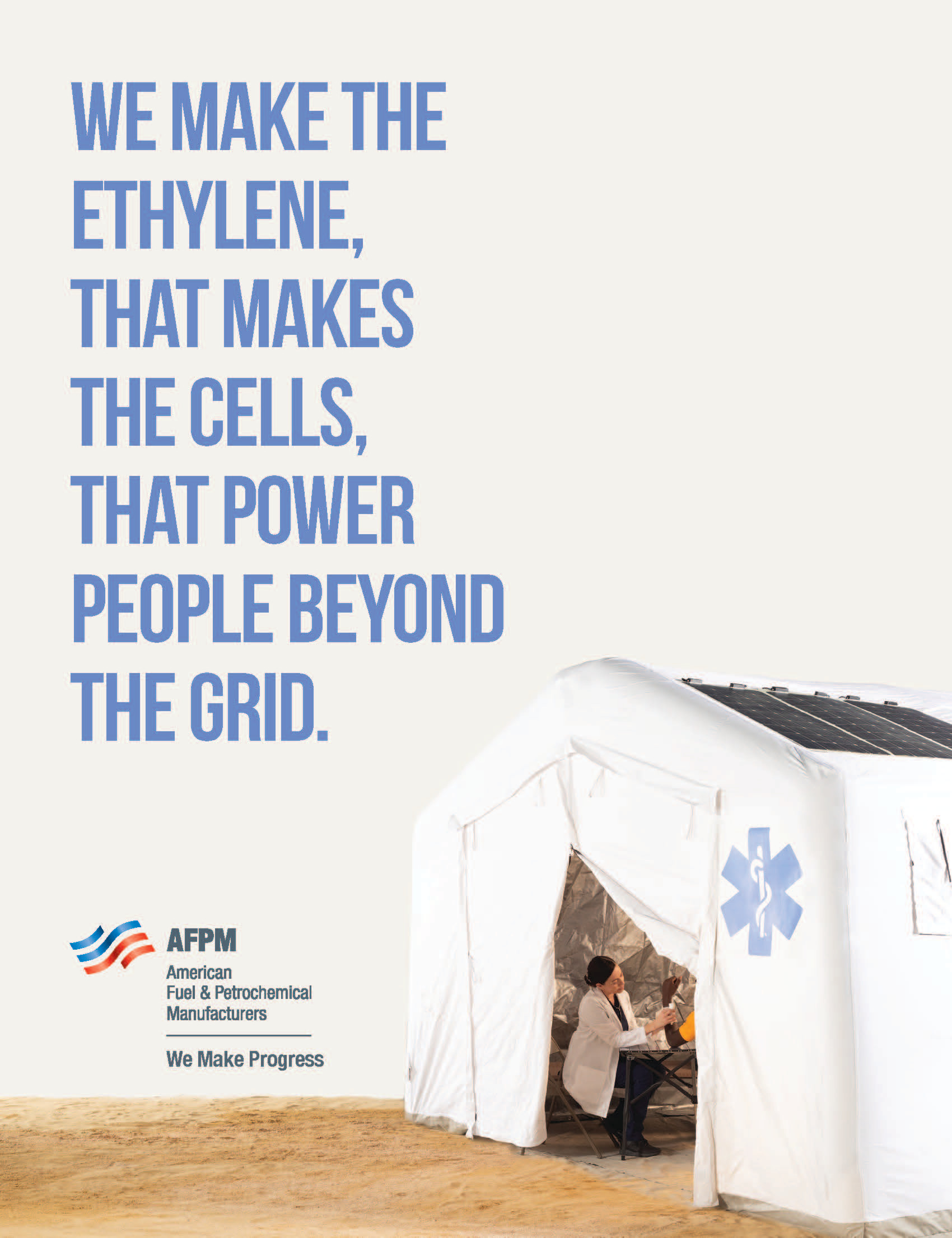With the rising demand for renewable energy in the United States, many are turning to solar power to meet their energy needs. But most people don’t know that harvesting the power of the sun requires help from chemicals made with fossil fuels.
How do petrochemicals advance renewable energy?
Solar panels—whether they support disaster relief efforts in Puerto Rico, or help power a suburban home—are usually made with the same principle in mind: convert photons from the sun into energy. The photovoltaics, which turn sunlight into energy, are typically sandwiched between layers of copolymers. One of the petrochemical building blocks common to many of the copolymers is ethylene—a petrochemical derived from oil and natural gas.
Solar energy is not alone in its connection to petrochemicals. Wind energy—which makes up a little under 7 percent of U.S. energy consumption—relies on petrochemicals such as propylene and xylene for the production of engine houses and rotor blades.
Fossil fuels, and their derived petrochemicals, are at the core of American energy and enable many renewable technologies commonly discussed in “all-of-the-above” approaches to energy. According to International Energy Agency(IEA) director Dr. Fatih Birol, “Petrochemicals are one of the key blind spots in the global energy debate



